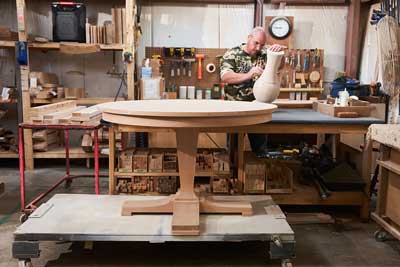Unless you shell out for a kitchen remodel or build an addition, furniture is probably the most expensive purchase you’ll make for your home. Finding a great (and affordable) sofa, platform bed, or dining table can also be complex. Some brands sell only online now, making it difficult to tell how big, comfortable, or well-made that desk or ottoman really is. A significant amount of furniture manufacturing has moved overseas, making it trickier to find quality goods. And comparison shopping on price is nearly impossible, since few stores sell the same brands anymore.
We receive way too many complaints—and poor ratings—from many stores’ customers. Gripes include incompetent and indifferent salespeople, defective items, pieces that wear out quickly, long delivery delays, and delivery of the wrong items. Our ratings of furniture stores turned up big quality differences: Some were rated “superior” for the advice provided by their staff by 80 percent or more of their surveyed customers; others received “superior” ratings from fewer than half—a red flag for possible future hassles.
Fortunately, some furniture stores make shopping easy with helpful, knowledgeable salespeople, high-quality products, and timely delivery.
Before you shop, set a budget and determine what will fit in your space. It’s also a good idea to think about how long your new stuff will last—we share pointers on assessing furniture quality when shopping in person.
Comparing prices is difficult because many stores sell items that aren’t available elsewhere; and it’s unusual to find the same national brands sold by more than one or two retailers. But there are things you can do to get good prices. Shop around, consider buying used or antique furniture, and do your due diligence on quality. Furniture is one category for which higher prices generally mean higher quality, particularly for upholstered pieces or anything with drawers.
Don’t assume that a sale price—even a heavily discounted one—is a good deal. Unfortunately, we find that many furniture stores put on deceptive never-ending fake sales. In other words, that “Save 60 percent” offer is probably meaningless.
When ordering, if possible avoid leaving a big deposit, and pay with a credit card; if the store breaks its promises, you can contest the charge with your credit card company.








